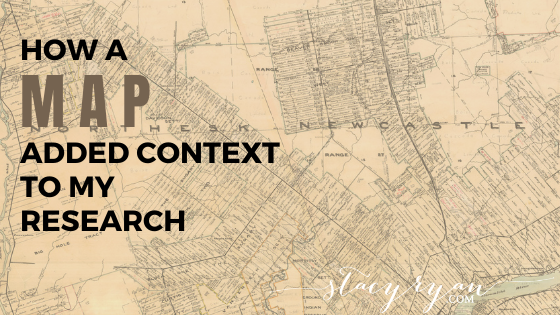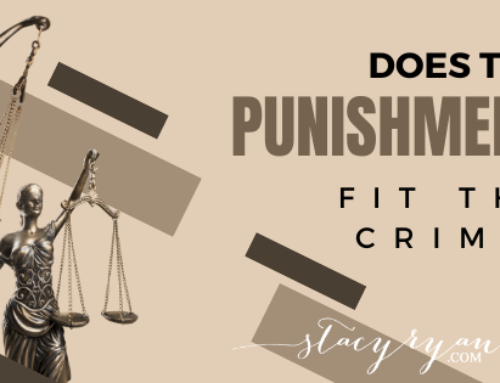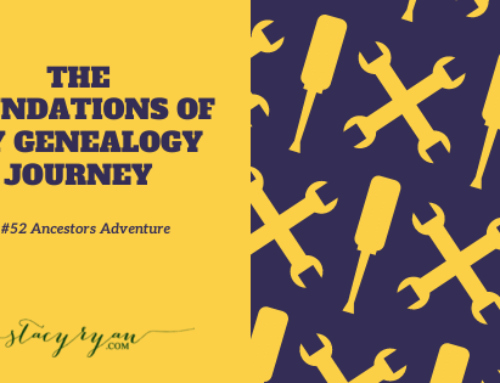Learning genealogy is a process. It’s easy to mindlessly accept hints on Ancestry without thinking about timelines, locations, and the possibility of individuals with the same name in the same place. So any time you can add details that are specific to YOUR ancestor, it lends to not only the credibility of your research, but the confidence of knowing you can separate the details of YOUR ancestor compared to another of the same name, in the same location, and even with similar family member names.
My father is Canadian. Researching his line took me not only out of the United States…it also took me out of my comfort zone. New country, new laws, new dates of available documentation…you name it! And, to make matters worse…I’m researching a common name: RYAN. In a Catholic family, no less! So every RYAN family had similar names. This wasn’t going to be easy.
Unfortunately, I can only trace this line back to my 2x great-grandfather, Dennis Ryan (1829-1920), in Newcastle, Northumberland County, New Brunswick. And the only evidence readily available connecting him to his parents is his death certificate naming his parents as James Ryan and Margaret Agnes Ryan. His Census records indicate both his parents were born in Ireland. I know from DNA that my Irish roots lead to Munster, specifically County Cork. Like most people of Irish descent, I’d like to trace my family back to Ireland. Could I be getting closer to finding that “pot of gold” in terms of my Irish roots?
The New Brunswick Genealogy Society has some wonderful resources on researching in New Brunswick, and through their newsletter I learned about using maps and surveys in genealogical research. I decided to see if I could learn anything about my family by using the Cadastral Maps.
The town of Newcastle is located on Cadastral Map No. 60, below. What makes these maps unique is that they show the original grantee of the land, and provides clues to where to locate land surveys and grants associated with these lots.

A cropped image of the map with known or presumed family and associates is shown below. It’s exciting to see all these names, envisioning the connections between the various families, knowing how close they lived to one another, and wondering at the same time who the other people on the map are, and what relationship they may have had with my ancestors.
From researching land deeds in Northumberland County, I knew my RYAN line was connected to “Lot G” in Newcastle. Lot G (located at the 7 o’clock position from the circle with “430” inside) shows that my 3x great-grandfather, James Ryan, received a grant for 210 acres of land along Chaplin Island Road. There is also a James Ryan listed in Lot A, just to the left of Lot G, that will need to be researched to see if it is the same James Ryan. The numbers inside the map give clues to where I can find land surveys and the original land grant, which may provide additional clues for future research.

This is the first time I’ve really looked at maps as a research tool for genealogy, and I’m so glad I did! This is more than just a map. It is a visual representation of where my family lived, provides an understanding of how they worshipped at the same church, and offers possibilities for how these families interacted. It is a foundation to evaluate my previous and future research. Most importantly, I can look forward to visiting the land in the future, and understand its history.
#52Ancestors – Maps




Leave A Comment